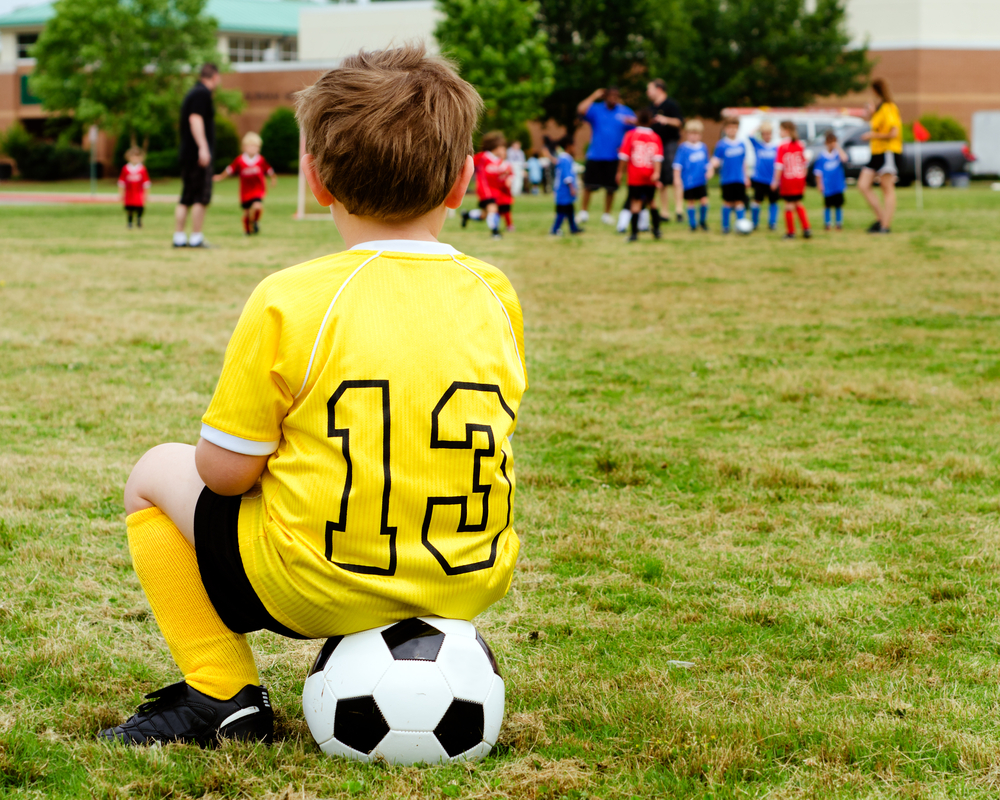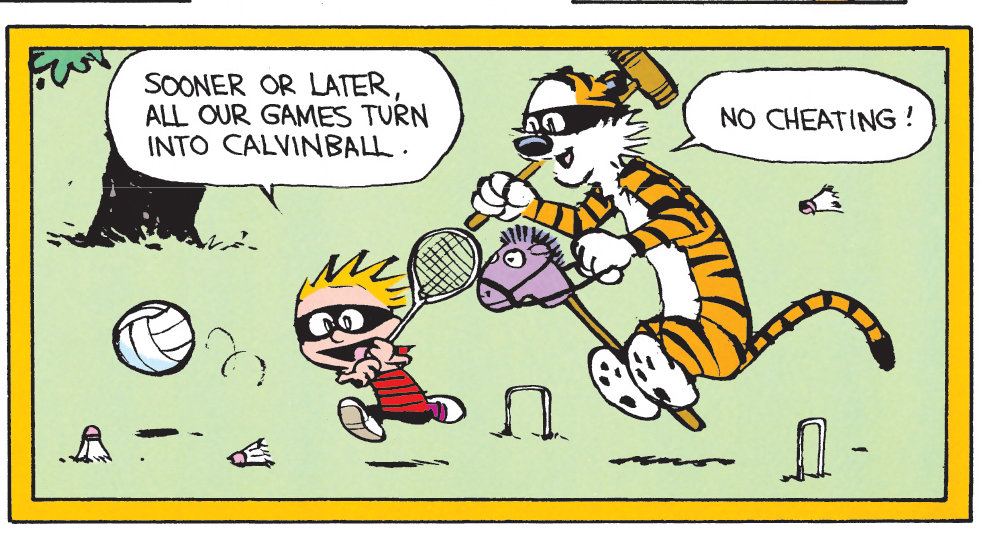Newsletter June 1, 2023
The Decline of Youth Sports is Making Teen Loneliness Worse

Teenage loneliness has become a public health epidemic. Even before the release of the Surgeon General’s report on loneliness, ample evidence suggested young people were experiencing rising levels of social disconnection. In just the last decade, the amount of time high schoolers spend with their friends has been cut in half.
Adolescence has always been tough, but the growing sense of social isolation among young people is something new. In a 2021 study, we found that a majority (56 percent) of Gen Zers felt lonely at least once or twice a month during their childhood, more than twice as often as Baby Boomers during their formative years.
Many point to social media as the culprit. I agree that scrolling or swiping on your phone for hours is not generally great for teens, but to me that’s not the primary issue. The simplest explanation for rising rates of childhood loneliness is that kids are spending less time with each other. But, while social media does not help, waning participation in organized social activities is a far bigger deal. Playing sports is one of the best ways for kids and teens to spend structured time together, yet rosters are shrinking. In his podcast, Plain English, Derek Thompson delved into the decline of youth sports. He noted:
In the last five years, high school sports participation has fallen for the first time on record. The number of boys playing high school sports today is lower than in any year since 2007. There are hundreds of thousands more students in high school than there were in 2007, but fewer boys playing sports. The number of high school boys playing 11 on 11 football, in particular, has fallen for several straight years, I think now it stands at its lowest level of the century. Many schools can’t even field a full team. But really, the decline of High School Sports is part of a deeper story; high school sports are withering on the vine because youth sports leagues, like the sports that kids play when they’re eight to 13 years old, those are really in a free fall.
This is bad news for young people.
The Social Benefits of Youth Sports Participation
There are few activities more beneficial to kids than participating in sports. Project Play, a comprehensive national assessment of sport and physical activity led by the Aspen Institute, reports that kids who spend more time playing sports have lower levels of obesity, better mental health outcomes, and are less likely to smoke, drink, and use drugs. They have longer life expectancies as well.
But the upside of youth sports participation extends beyond improvements in individual health. Being part of a team can help kids cultivate lifelong friendships and a sense of belonging. Youth sports can provide a positive social outlet for parents as well, helping parents develop relationships and feel more connected to their community. This has certainly been my experience. With two boys playing soccer, we spend a lot of time on the sidelines talking with other parents. Carpooling, hanging out at games and practices, and attending team social events are central to the experience.
In this way, team sports offer a comparative advantage over individual-oriented sports, such as skiing, swimming, or gymnastics. One study found that, “kids who played only individual sports, like tennis or gymnastics, tended to face more mental health difficulties, such as anxiety and depression or troubles with concentration, than peers who played no sports at all.” The intensity of certain sports, such as gymnastics or swimming, can also lead to burnout and injuries among young athletes, especially those who start specializing at an early age.
Parenting for Glory
The decline in youth sports is ultimately the result of problematic parenting choices. Perhaps because of the growing financial and emotional investment in youth athletics, more parents are becoming unruly and unhinged spectators. Call it attack helicopter parenting. Stories of parents threatening officials or fighting other parents are now commonplace. A recent study by the National Federation of State High School Associations found that 80 percent of high school umpires and referees quit after the first two seasons. Their top reason for leaving: parental behavior.
But it’s not just unruly behavior that’s a problem. Driven by the pursuit of scholarships and admissions advantages, more parents seek opportunities to develop their kid into an elite talent. Parents with means invest an incredible amount of time and money in their children's athletic development. Linda Flanagan recently wrote about how hyper-involved parenting is shifting youth sports culture:
Well-off-enough parents invest in specialized camps, leagues, equipment, and travel teams, while children from families without the financial resources or time—competitive kids’ games are often played across state lines, devouring weekends for parents as well as players—fill out dwindling town leagues.
Travel leagues are growing at the expense of local rec leagues, and private coaching and training have become a booming business. All of this serves to reduce the opportunities to participate in less competitive leagues that many kids prefer. This may explain why seventy percent of kids quit sports before their teen years.
When communities and parents don’t invest in local rec leagues, they become increasingly inaccessible to the kids who would benefit from them most. It’s the kids raised in low-income homes who tend to suffer most acutely from feelings of loneliness and isolation.
The Class Divide in Youth Sports
In America today, the advantages accrued through youth sports are increasingly distributed unevenly. Cost can be a huge barrier to youth sports participation. Low-income families are nearly three times less likely to have children participating in youth athletics than those with incomes above $100,000. In 2019, the average amount parents were dishing out for their kid to play field hockey was more than $2,000 a year. Have more than one child? Just double or triple your costs accordingly.
It’s not just rising registration fees and equipment costs that are the problem either. A growing number of kids are raised in single-parent households. These households not only face much greater financial burdens than two-parent households but logistical ones as well. Being a single parent means you are the only one to make sure your kid is registered to play, gets to practice on time, and has all her gear.
A Harris poll found that on average parents dedicate 12 hours each week on their children’s athletic activities. I played travel soccer for most of my childhood, and my parents drove me all over no fewer than a half dozen states for various games and tournaments. The time commitment can be intense.

Playing a sport encourages collaboration, communication, and creativity. This is true even if the rules are entirely made up. My brothers and I played a game called “bike dodge ball” that involved throwing footballs, soccer balls, and basketballs to knock one of us off their bike as they sped up and down the street. It was chaotic and dangerous, but remains an incredibly fond childhood memory, if only to remind me that trophies, whether awarded for participation or success, are hardly the most important thing about playing sports.








